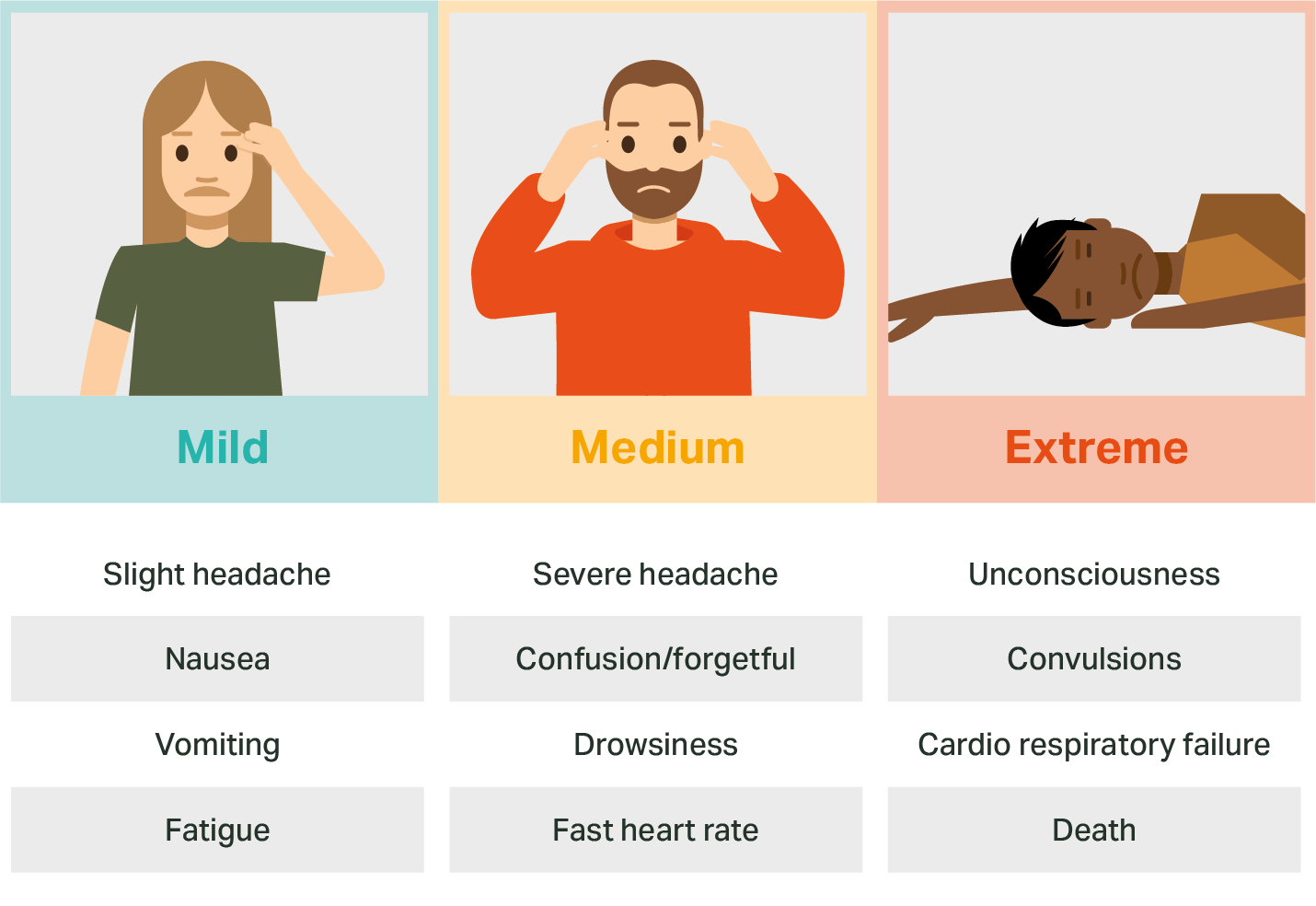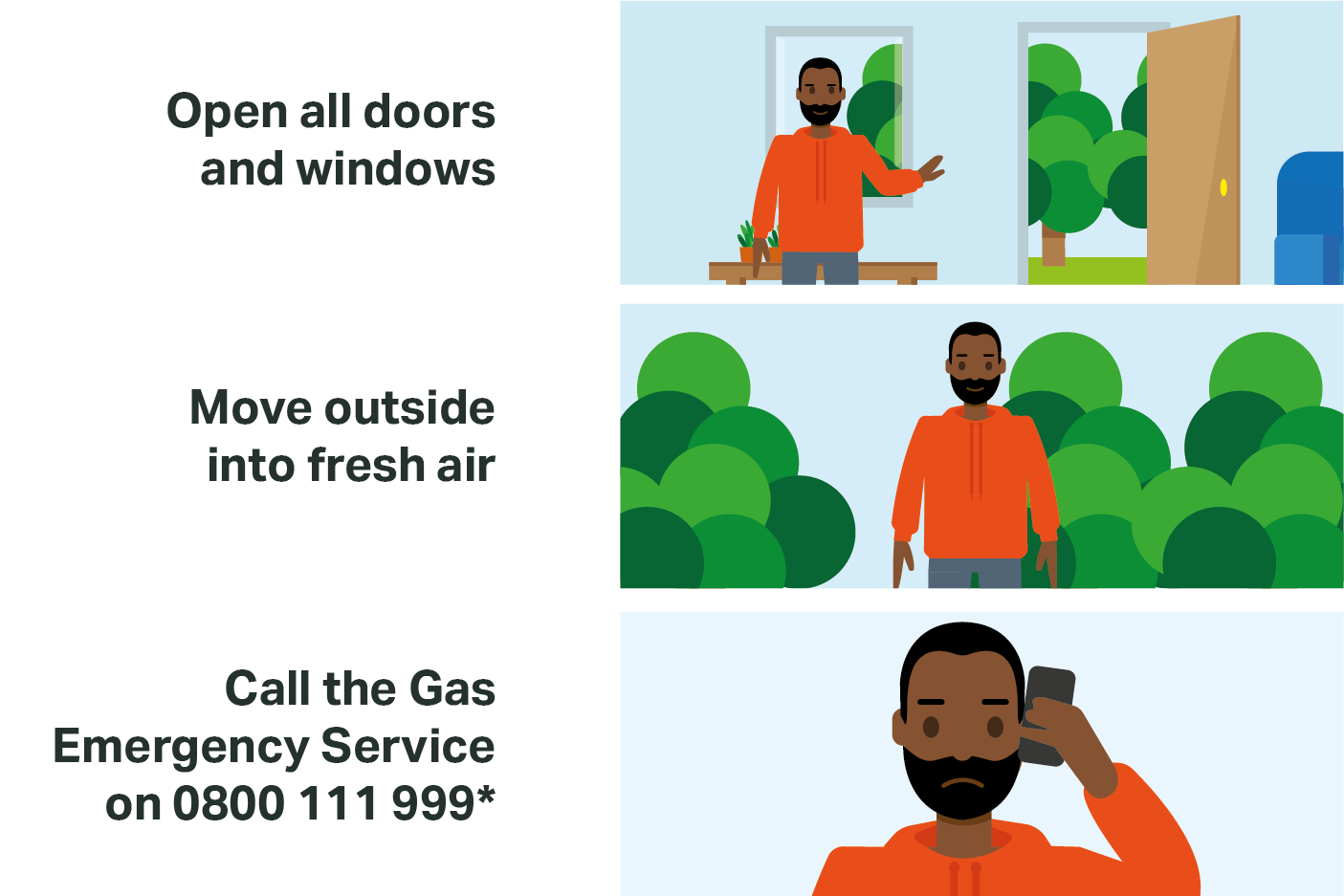Cooking is part of everyday life, but it’s important to remember that it comes with risks. At Cadent, our aim is to help everyone cook safely at home and to raise awareness of the dangers of carbon monoxide (CO) in the kitchen.
CO is a dangerous gas that you cannot see, smell, or taste. That’s why learning how to cook safely is so important. By following simple steps, you can protect yourself and your family while enjoying the food you love.
Our engineers have seen first-hand how certain kitchen practices can create dangerous CO build-up. We urge households to avoid:
Burning charcoal indoors — whether for cooking, shisha pipes or ceremonial purposes such as Bakhoor — is extremely dangerous. These activities should only ever be carried out outdoors in well-ventilated areas. Keeping appliances clean and free from soot or residue is also essential.
We’ve created a Cooking Safely booklet to guide you through safe practices in the kitchen. Inside, you’ll find:
The booklet can be downloaded in multiple languages, so more households can benefit from its guidance.
Cooking Safely Booklet - English
Cooking Safely Booklet - Arabic
Cooking Safely Booklet - Bengali
Cooking Safely Booklet - Punjabi
Cooking Safely Booklet - Romanina
CO poisoning can easily be mistaken for flu, fatigue, or even a hangover. Symptoms often improve when moving into fresh air.

We recommend every household takes these simple steps:
If you think CO may be present:
